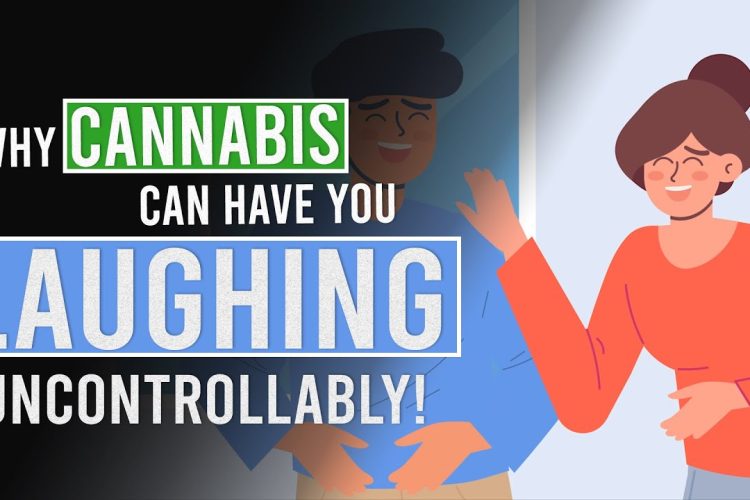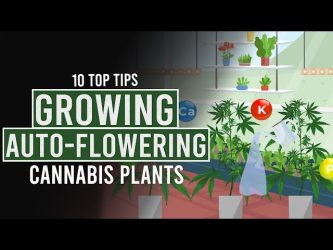You must need to login..!
Description
How to control pests in your grow room
First of all, lets establish what we mean by pests.
Here we are not talking about your buddies who are always way too curious for their own good and want to see how your horticultural exploits are coming along.
Nor are we talking about mice or rats, though it is worth putting down traps for both as they can wreak havoc, especially on young plants.
More to the point can you imagine after chewing their way through a few buds what damage could be done to your home by a few mice or rats who have been hit by an attack of the munchies?!
The pests we are talking about here are spider mites, aphids, fungus gnats, thrips and mealybugs, whitefly, leafhoppers and leaf miners.
What we aren’t including in this video are things like bud rot or mold, yellow leaf spot, root rot, tobacco mosaic virus or TMV as you may know it, or white powdery mildew.
Now, before we go any further, some of you may have already been spraying your plants against pests, but unsuccessfully.
Here’s a tip and something that many of you may not realise, but you have to spay the underside of the leaves as well as the top side.
Many pests actually live on the underside of leaves as, logically, it is the most sheltered and protected area.
Whatever you spray your leaves with does not penetrate through the leaf to the underside, so anything on the underside of the leaf will not be affected.
When it comes to spraying, a hand-held sprayer with easy mobility will make light work of spraying both sides of your leaves.
As for what to spray your leaves with, there is a surprisingly wide choice, but be careful as some proprietary brands do use chemicals which can have adverse side effects.
As a consequence, if you decide to “share” your crop, if you know what we mean, then you don’t want anyone to become ill.
However, there is an expression that says: “prevention is better than cure”, and that certainly applies here.
The use of a fan to provide sufficient wind can make it difficult for smaller insects to multiply, while allowing the top two to three centimeters of topsoil to frequently dry out, rather than remain continually moist will go a long way to avoiding most problems.
When it comes to sprays, Neem oil is a firm favourite, but this can have harmful side effects and is not one we recommend.
An insecticidal soap made from fatty acid salts is very effective, but is also a short-lasting treatment, so regular spraying is recommended.
Your local horticultural store will have a supply of plant insecticides which you can use, though ideally go for the organic ones as they do less harm, or you could also consider a combination of horticultural oils which can be applied with a mister.
Let us know which products you use in the comment section below.
Make sure to subscribe to our channel so you too can become a cannabis expert!












